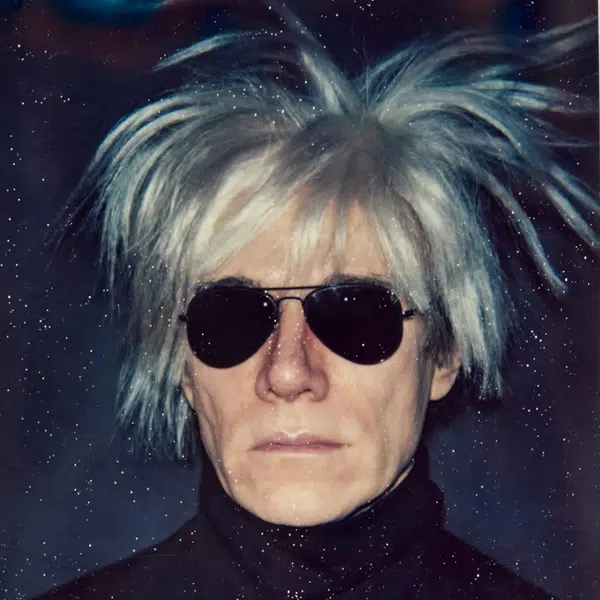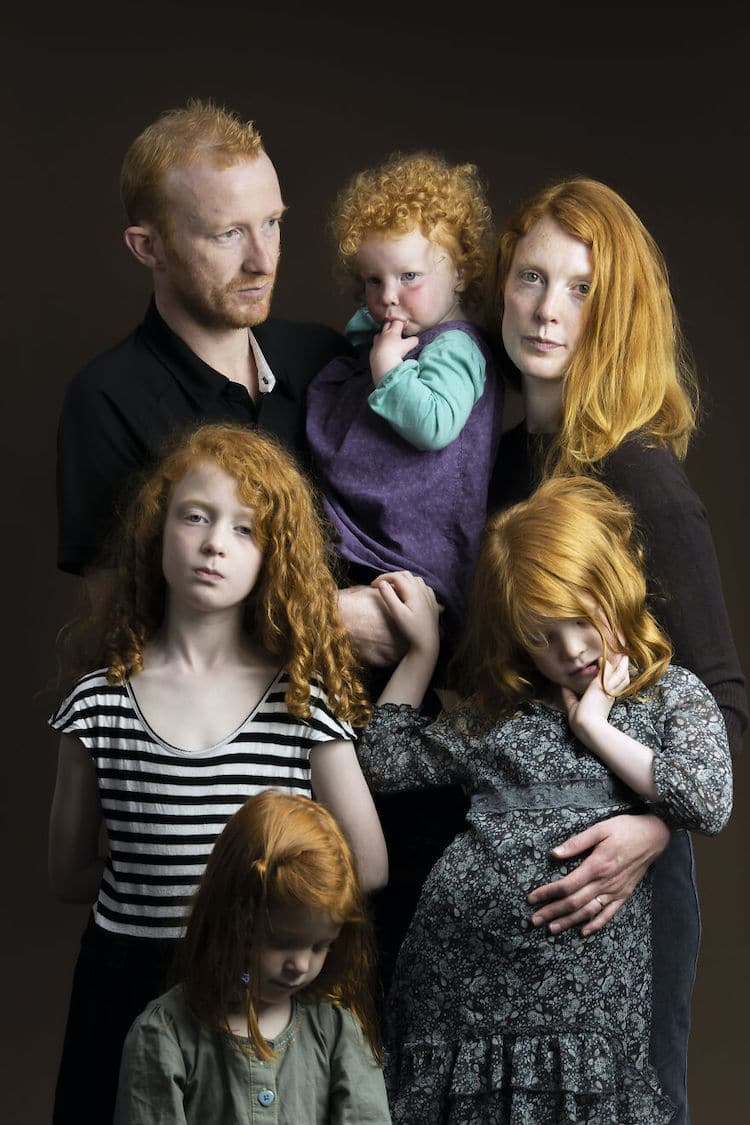
Clockwise: Steven McKay, Esther, Rebecca (mother), Chloe, Lois and Abigail, Scotland
Whether you’re self-conscious of your height or hate the shape of your nose, we all have hang-ups about how we look. But it’s our physical differences that make us beautiful. Each person has their own unique features. However, there’s one particular physical trait that is especially rare. Just 1-2% of the world's population has natural red hair. Depending on where they are in the world, redheads might feel as though they’re the only one around them with golden locks. However, redheads exist all over the world. In a bid to celebrate and connect the people who bear the “ginger” gene, Scottish photographer Kieran Dodds spent seven years photographing redheads around the world. And his series, Gingers, was recently published as a book.
Dodds is a redhead himself, which is a pretty common characteristic of Scottish people. However, through his work, he wants to show that the hair color is found in all parts of the world. For years, he traveled from the Americas through Europe, onto the Middle East and Asia. Along the way, he captured the portraits of redheads he met, and his collection even features a portrait of his twin daughters, Izzy and Ada. Dodds’ series reveals “the flow of DNA across cultures and generations” and is a reminder that “all people are made of the same substance.”
We recently caught up with Dodds to ask him more about his Gingers series. Read on for My Modern Met’s exclusive interview and find out more about the Gingers book here.
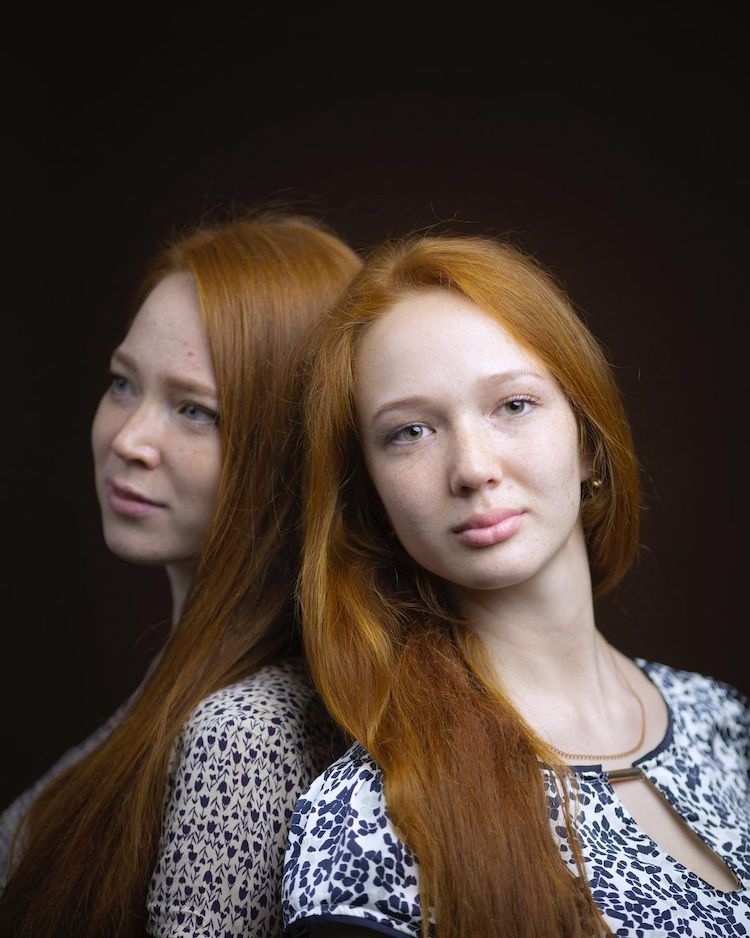
Tatiana and Valeria Korotaeva, Russia, born 1998 and 1999
When did you first take up photography, and what drew you to the medium?
I was first and foremost fascinated by nature from my earliest years. I remember taking my first photograph aged 7 in Edmonton Zoo, Canada. I was going off my head with excitement seeing all these animals, and just before I clicked the shutter at a raccoon, it turned towards me. I was so delighted to get the picture, I ran off to find my dad and tell him what I had seen. My cameras may be fancier today but that same instinct drives me—to share remarkable things I see. In my career, that has included issues that make me angry or dumbstruck in awe but the camera has given me language to process what I am witnessing and share that experience to the wider world.
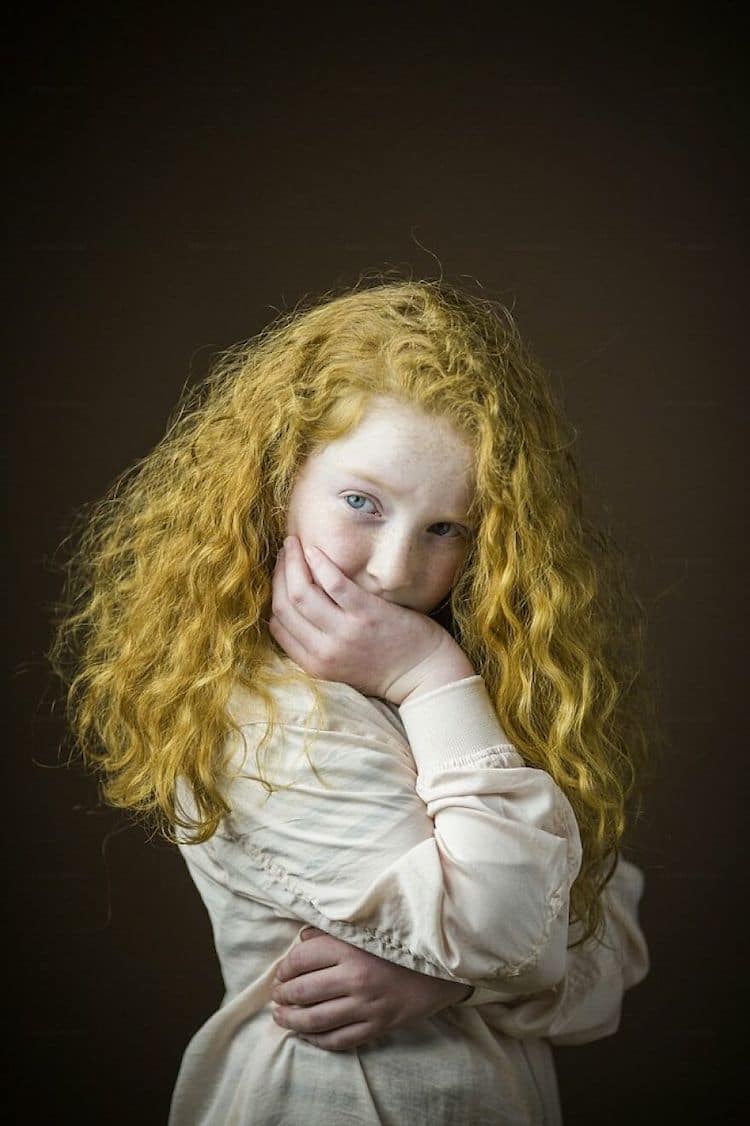
Maya Duncan-Smith, Dundee, Scotland
How did your seven-year-long project begin?
I was born ginger! More recently, Scotland was voting on independence from the UK, and I was considering issues of national identity. I embarked on a few stories before that year—one on land and mythology, another on unicorns, our national beast, and then it occurred that I am a cliché of identity myself. That insight coincided with a visit to the National Gallery of Scotland in Edinburgh. In the upper gallery filled with early Renaissance works, I noted that each painting had at least one ginger person and most often they were the key characters, like Jesus or Mary. This was no parochial trait but a universal characteristic derided and also exalted in equal measure. That informed the aesthetic but over the years it has taken on a life of its own. The story is bigger than me, and I am carried in its wake. What began as something visually led has unveiled things I hadn’t expected.
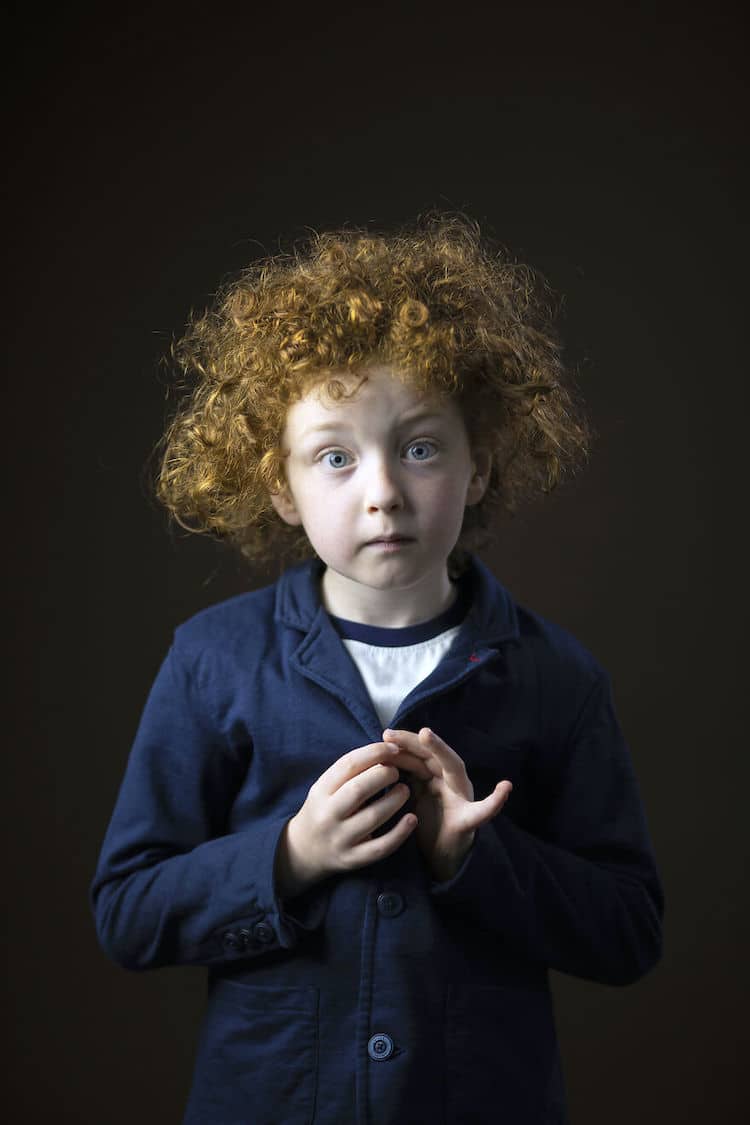
Alexander Soued, Scotland, born 2011
What do you find most fascinating about redheads?
The variety within a so-called uniform group. We think of diversity within such narrow categories today, yet within each narrow category there is such a breadth of personality and belief. Each time a person sits for a portrait I think “Can this be any different?” But it always is.
Why was it important for you to show that people with ginger hair can be found globally?
An understandable reaction to globalism is localism—where we define ourselves as part of a smaller subunit. Local isn’t necessarily a geographical area but the community we identify with, especially online. The toxic edge to this is forgetting we share deep connections with people who don’t look, think, or feel like us. People we disagree with. We are made of the same stuff, and in the case of ginger hair, it shows. That is both uncomfortable (to see our problematic pasts) but also empowering (we have a deep history, and worth).
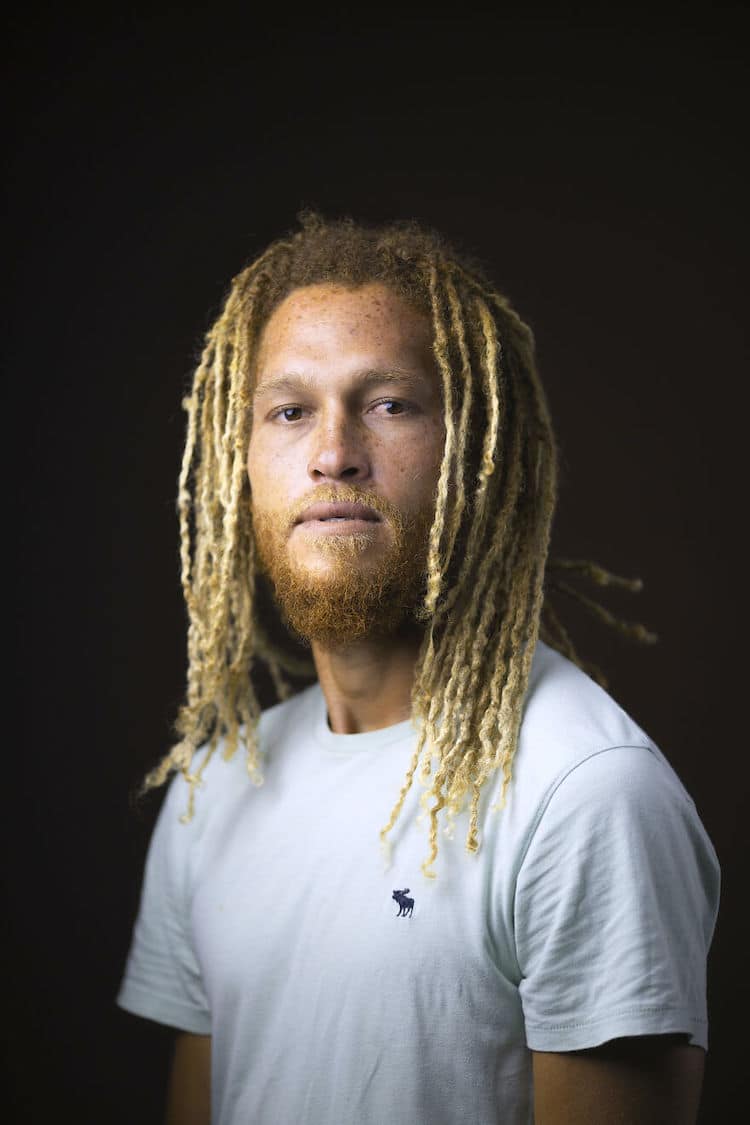
Randy Wong, Jamaica, born 1988
Did any of your subjects stand out as particularly interesting, in terms of their genetic history?
I was most struck by the Russians, partly due to natural Western prejudice (thanks to James Bond and every Hollywood bad guy). Traveling to Perm, east of Moscow, I was heading for Central Asia; and as I live on an island, I don’t always understand the way people have moved across the world. I met a woman called Sveta Ni whose mother was from Europe, but her father has Chinese ancestry. Her second name is Ni. On a map that makes complete sense. The trait itself is thought to have arose in Central Asia as a beneficial adaptation to cloudy northern latitudes.
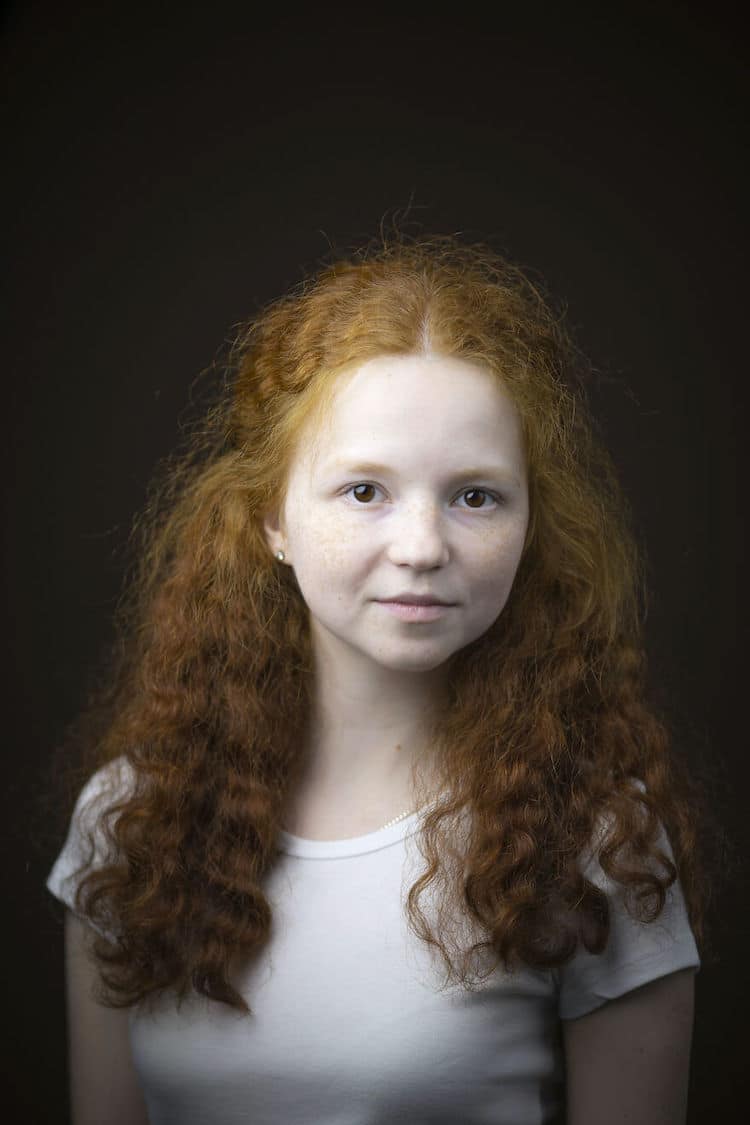
Sveta Ni, Russia, born 1996
The word “ginger” often has a negative connotation to it. Why did you choose it for the title of the series?
Ginger can be used as an insult, but I chose it for its descriptive power. Why should bullies get to define the terms? The color isn’t red, it's golden or rusty as the Russians say. If a ginger kid reads this book and sees the breadth and beauty of the portrait sitters then maybe when some idiot throws the insult at them, they can stand a little taller and say, “Yes it's Ginger, pretty cool eh?”
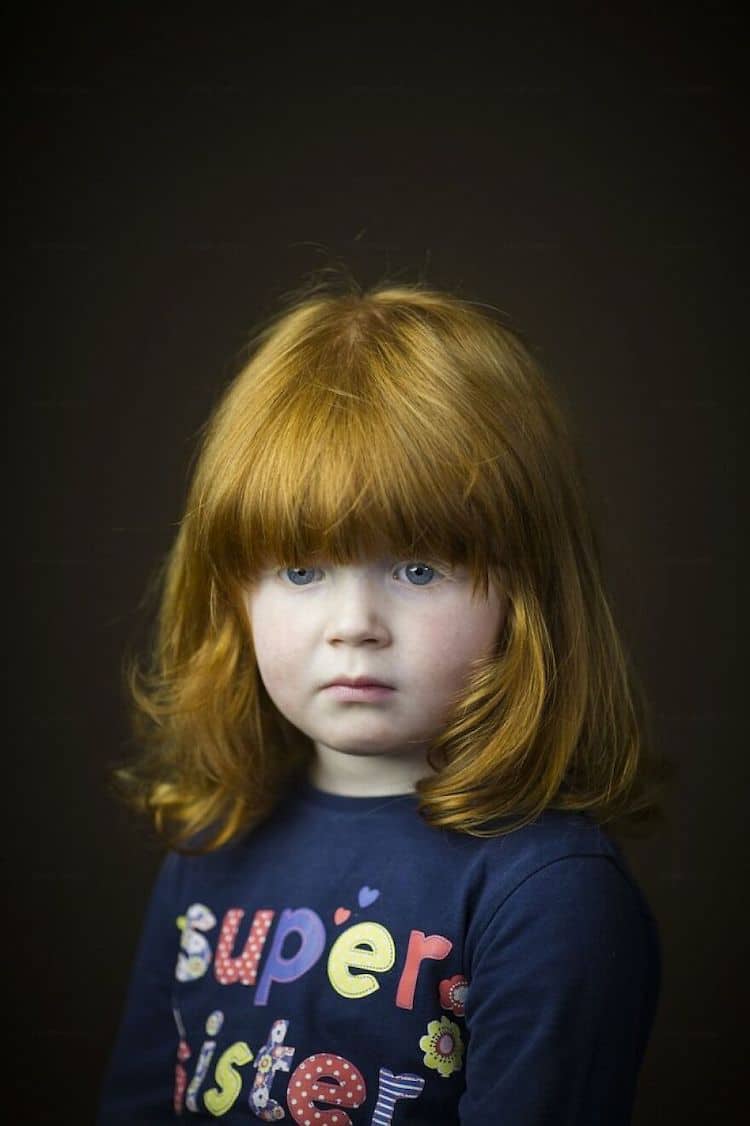
Nixie Connelly, Scotland
Considering you are a redhead too, did you struggle with being bullied as a child?
Struggle is maybe too strong a word for my experience. Yes, you can’t hide your ginger hair, so it was a target, of course, and every child gets bullied to some extent whether it's a big nose or something else. Others I spoke to had a really hard time, even from their family. We can all feel like outsiders at some point but to be told that by your family is immensely cruel. I wanted to make portraits to not ridicule or “other” but to show our common dignity and connection.
What advice would you give to people who have been victimized simply because of their hair color?
You are amazing. Look beyond your circumstances and see you are part of a bigger story. You are part of the global human family!

Photographer Kieran Dodds, Scotland, born 1980
You dedicated your book to your two daughters. How do you hope the series will help them see themselves?
They came along a few years into the project but have shaped the way I edited the book and brought the work together. We live in the global ginger capital (Edinburgh) and even here it's rare. People stop us in the street and admire their beautiful hair. I want them to grow up knowing that this beauty is present in every cell in their bodies. Hair may seem superficial, but our chromosomes are rich maps of our journey across the world and through time.
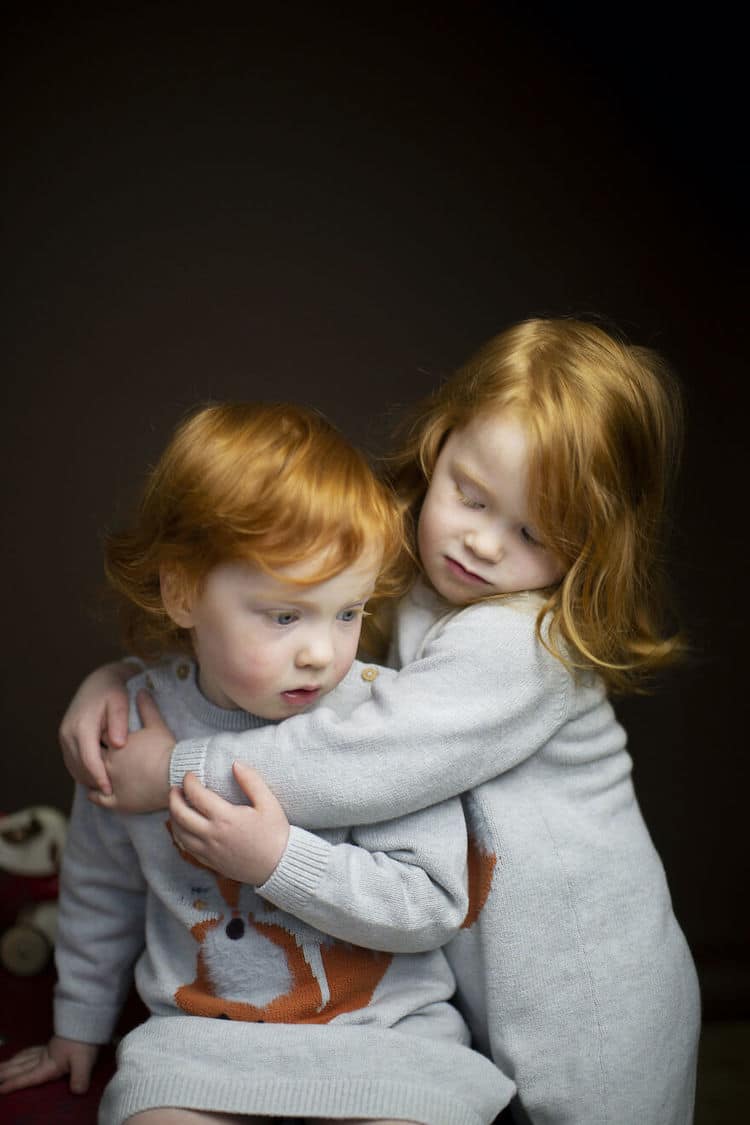
Dodds' twin daughters Izzy & Ada Dodds, Scotland
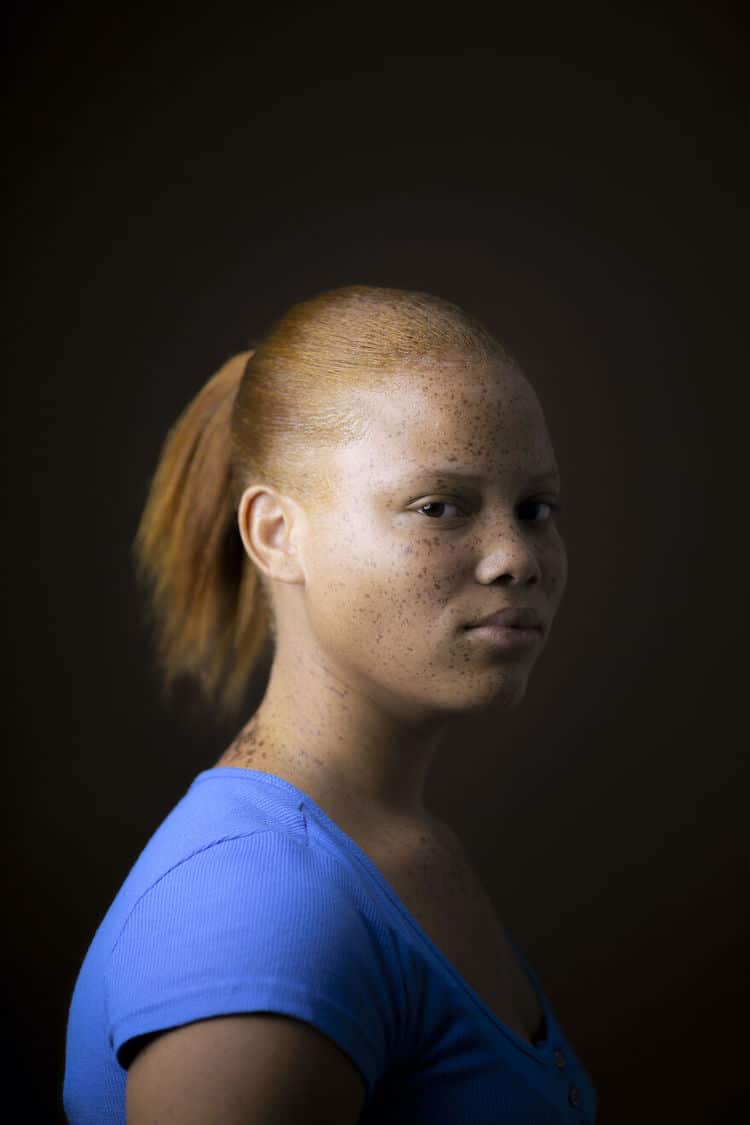
Marteka Nembhard, Jamaica, born 2005

Lucy Fleming, Scotland, born 2005
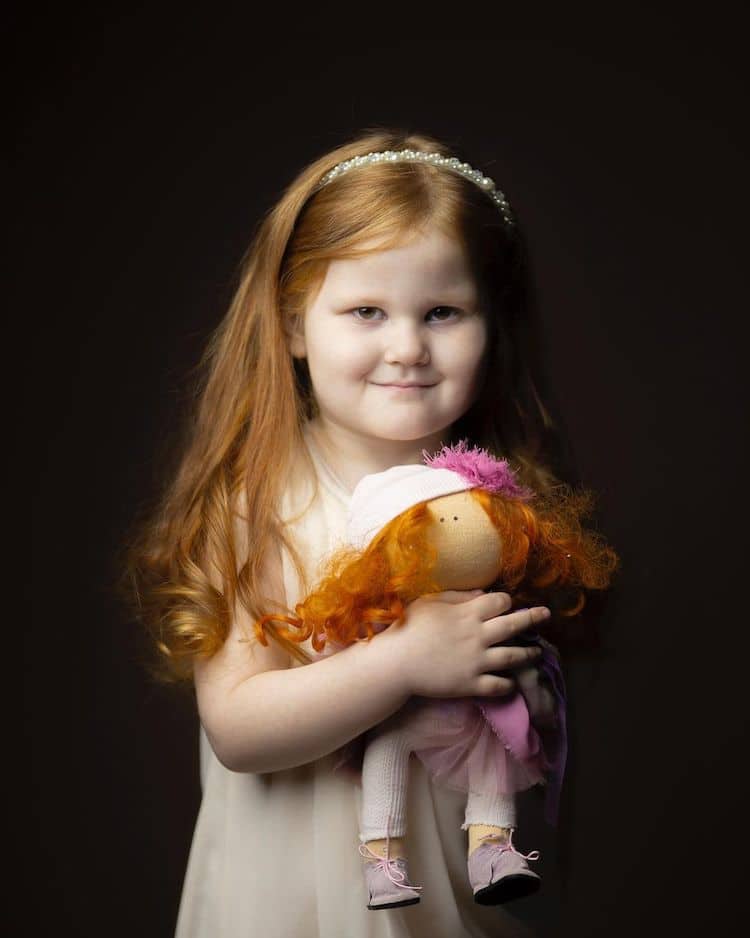
Margarita Bezukladnikova, Russia, born 2013
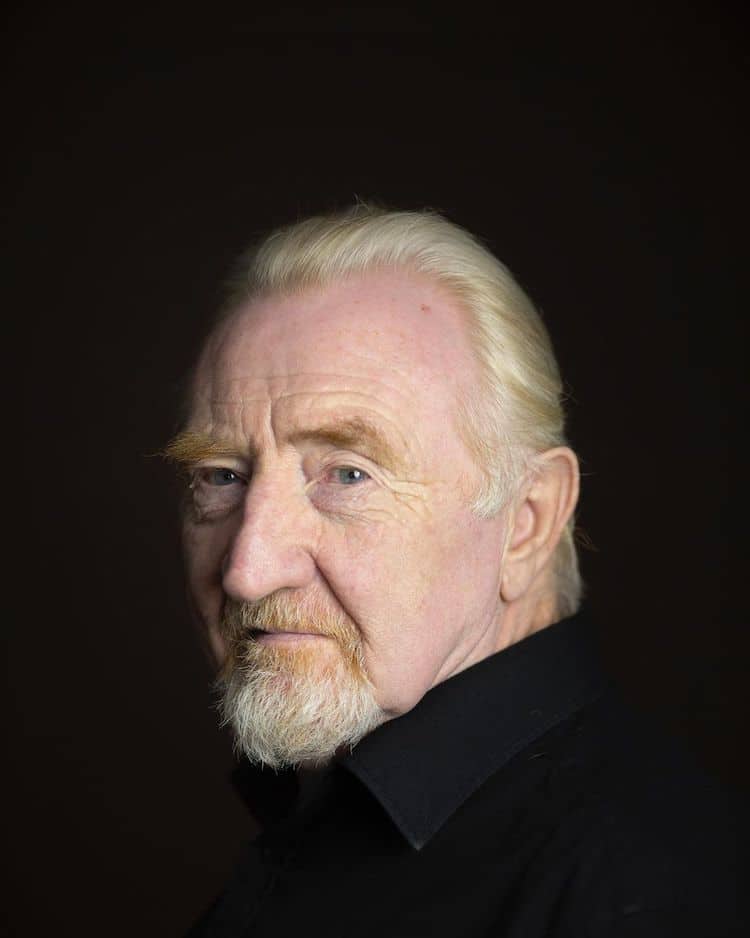
John Ross, Scotland, born 1950
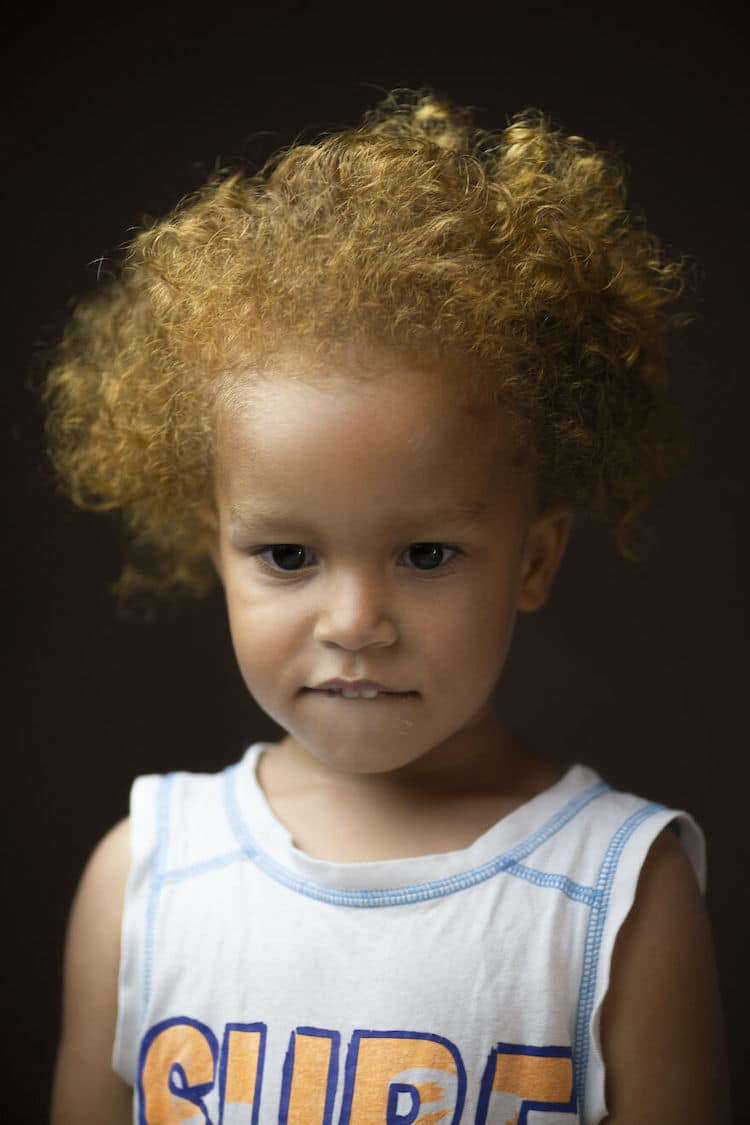
Jordan DeLeon, Jamaica, born 2016
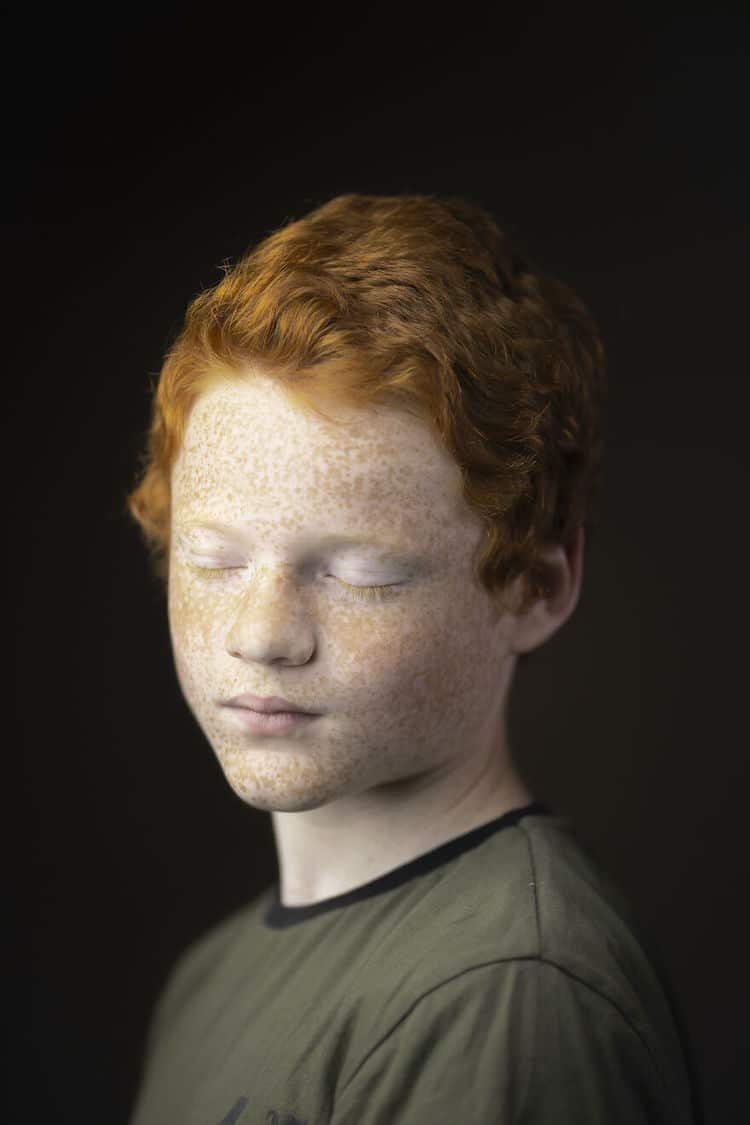
Jamie Hallam, Scotland, born 2004
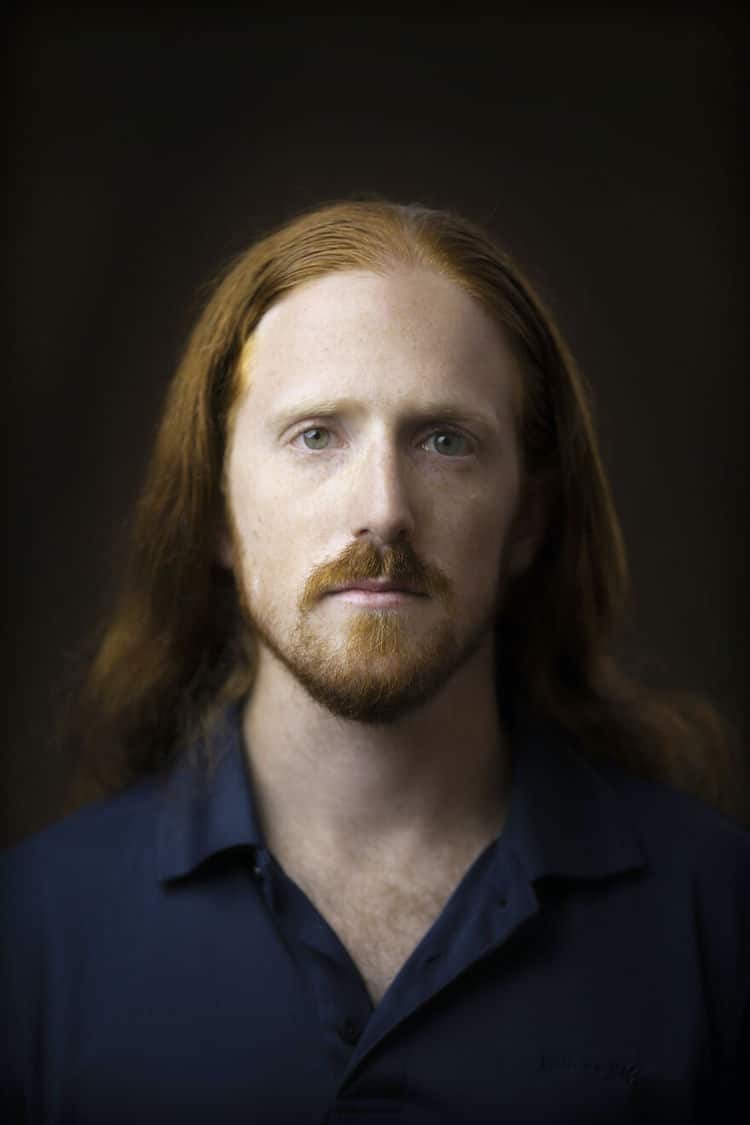
Gilad Belkin, Israel, born 1988
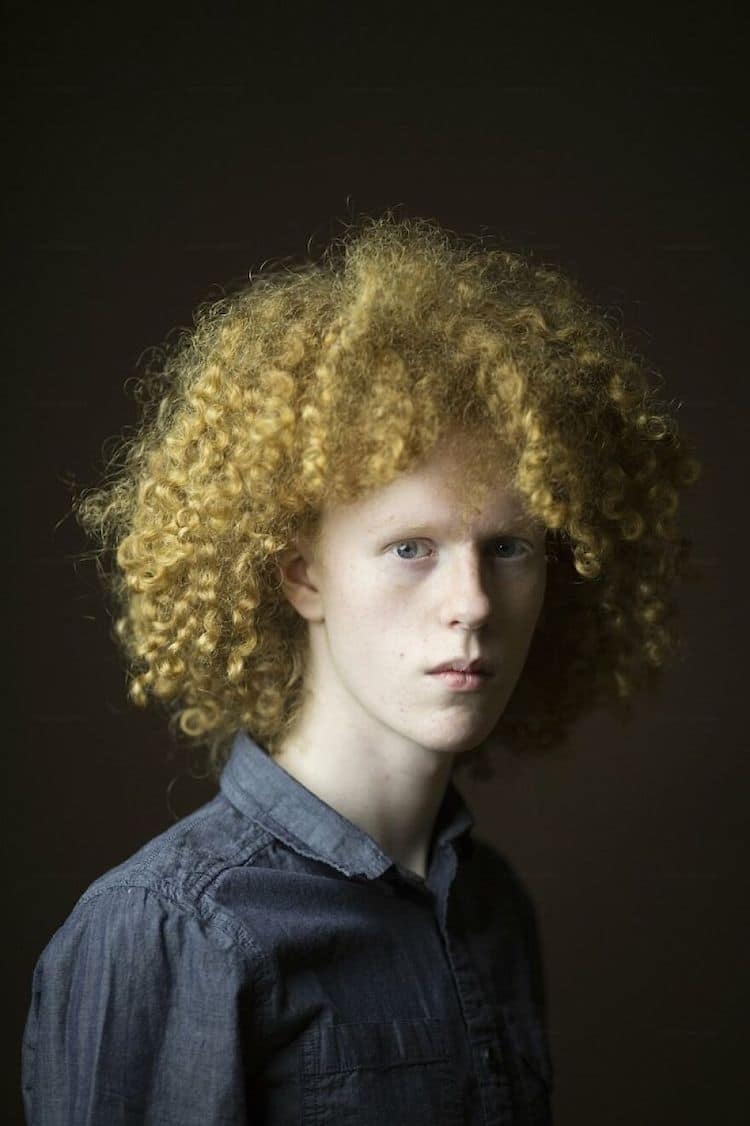
Pacey Young, Scotland
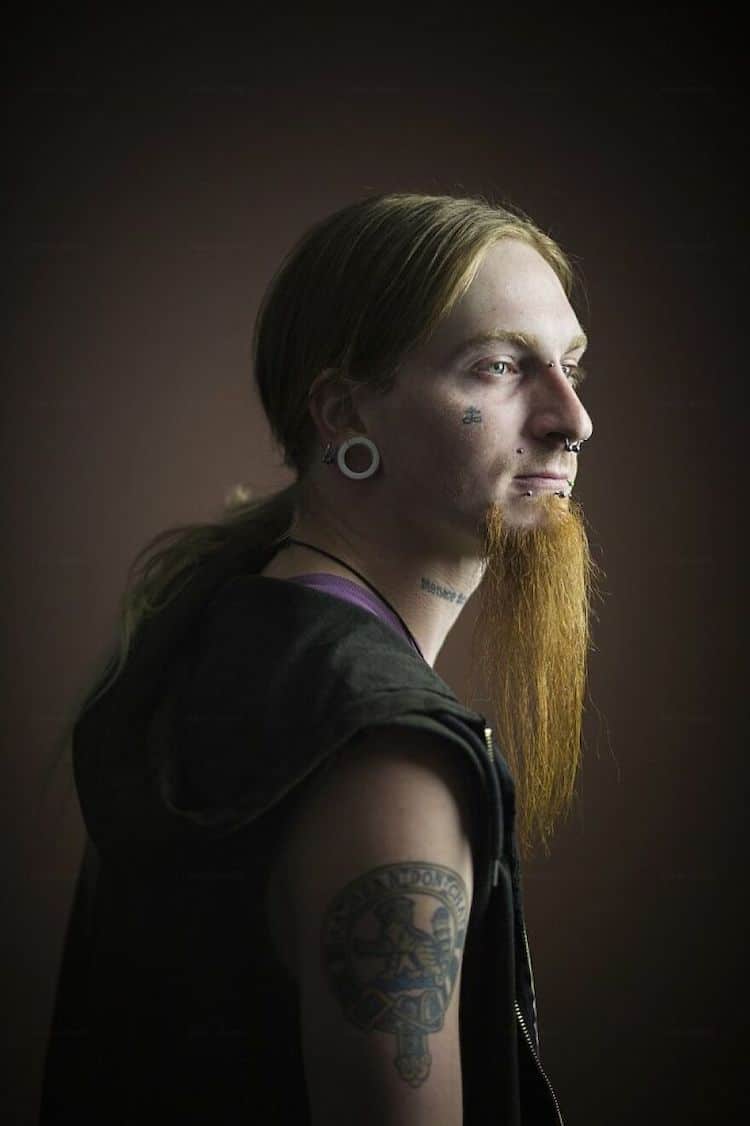
Chris McCabe, Scotland
Kieran Dodds: Website | Facebook | Instagram | Twitter
My Modern Met granted permission to feature photos by Kieran Dodds.
Related Articles:
Beautiful Portraits Pair Redheads with Their Matching Animals
Photographer Explores the Beautiful Diversity of Redheads
Study Finds That All Blue-Eyed People Share a Common Ancestor
Photographer Travels Around the World to Capture the Unique Beauty of Red Hair




















































































